MBLX 34249 is a 67' LPG tank car. Built by UTC (Union Tank Car) in 1995, it holds over 33,000 gallons of liquified propane gas. There are three main variations of these LPG cars. The older ones have the dome in the center and have the walkway either right in the middle of the car, or off-center to the side. The newer variety has the dome offset to one side with no walkways.
The model is from Athearn Genesis. The model is well done and overall is pretty close to the prototype. The lettering on the MBLX model is a little large and not placed correctly. But the dimensions and details are good enough to pass muster.
Weathering consisted of fading the white with antique white, then building the grime with thinned acrylics. There is actually far more grime and dirt on the model than it looks like. It took many light layers to build it up so it looked natural. The subtle rusting effect was done by dry brushing (stippling) raw sienna oils that were mostly dabbed off the brush. Very light layers are key. Graffiti was taken from several different prototype cars. I elected not to copy the prototype 34249 graffiti because I found it to be abnoxious and the weathering on the prototype was a bit too mild. So I combined graffiti and weathering from a handful of sister cars to get what I wanted.
- Kevin -
 |  |  |
|---|---|---|
 |  |  |
 | 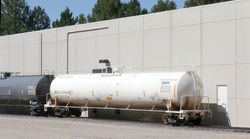 |  |
01-29-22
CP 355054
CP 355054 is a representation of the prototype CP 355038. The prototype car is a 70 ft gondola, built by Thrall, with a capacity of 3765 cubic feet. Built in 2001, the prototype was pretty beat up by the time it was photographed circa 2018.
The model is from Exactrail, and is superbly made. The dimensions and details all appeared correct for the prototype, and the paint and artwork were well done.
Weathering was accomplished by first changing the color with thinned acrylics. Then the scrapes on the side were made by carefully painting them on with various shades as needed. Judicious use of burnt sienna oils helped to create some of the subtle rust bleed effect as well. The interior was given a base coat of acrylics to get it to a more appropriate color, then fine tuned with chalks and weathering powders. Debris was placed in a pattern that mimicked where the low spots might be, then glued into place with white glue. Mud splatter was applied as needed.
The large graffiti was difficult to replicate due to the spray can pattern on the prototype. I mimicked the sprayed-on reporting marks and separate patched reporting marks found on the prototype.
The person I did the car for requested that I not change the number and use Kadee couplers."
- Kevin -
 |  |  |
|---|---|---|
 | 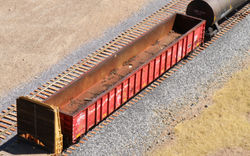 |  |
2019
 |  |  |
|---|---|---|
 |  |  |
 |  |  |
 |  |  |
 |  |  |
 |  |  |
 |  |  |
 |  |  |
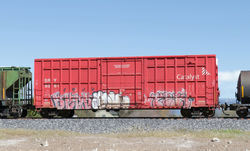 |  |
2018-17
 |  |  |
|---|---|---|
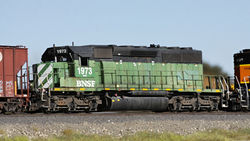 |  |  |
 |  |  |
 |  |  |
 |  |  |
 |  |  |
 |  |  |
 |  | 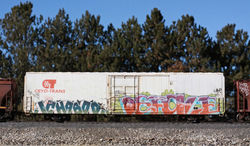 |
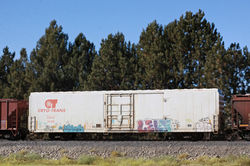 |  |  |
 |  |  |
 |  |  |
 |  |  |
 |  |  |
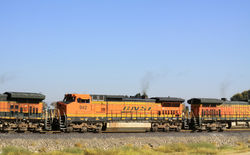 | 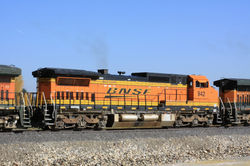 |  |
 |  |  |
 |  |  |
2016
 |  |  |
|---|---|---|
 |  |  |
 |  |  |
 |  |  |
 |  |  |
 |  |  |
 |  |  |
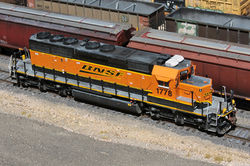 |  |  |
 |  |  |
 |  |  |
 |  |  |
 |  |  |
 |  |  |
 |  |  |
 |  |  |
 |  |  |
 |  |  |
 |  |  |
 |  |  |
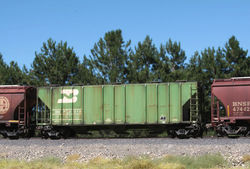 | 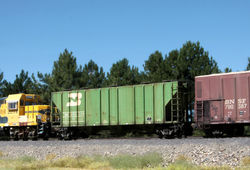 |  |
 |  |  |
 |  |  |
 |  |  |
 |  |  |
 |  |  |
 |  |  |
 |  |  |
 |  |  |
 |  |  |